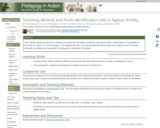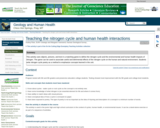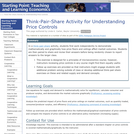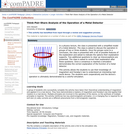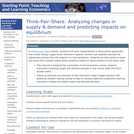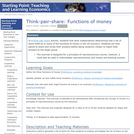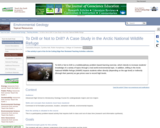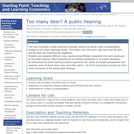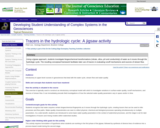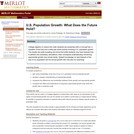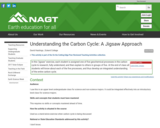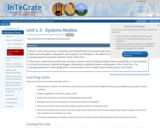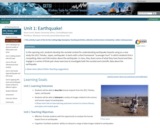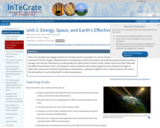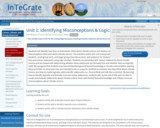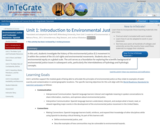A jigsaw approach encourages collaboration, co-operation, and avoids a lecture-based approach to delivering content. Each student becomes an expert and also must rely on others to complete their understanding. Students recognize the importance of each individual process, and how each process fits into the rather complex integrated carbon cycle. Additional processes can be added for advanced classes including long-term processes such as sedimentation and burial in rocks.
Nuts and Bolts;
There are five fundamental processes involved in the short-term terrestrial organic carbon cycle: photosynthesis, respiration, feeding, death, and decomposition. The objective of this exercise is to have each student become an expert in one of these five processes, and then explain to others in their small group the essentials of this process.
Before class, each student is asked to research and fully understand one aspect of the carbon cycle. They write one to two pages fully describing this process, including answering the following questions:
- Where does this process occur in the biosphere and geosphere?
- What is the correct chemical equation to describe the process?
- What is the rate of the process, with correct units?
- What is the residence time of carbon in the reservoir that leads to this process?
- How does this process affect or control atmospheric CO2?
In class, the now expert students first consult with other classmates who have studied the same process to strengthen and deepen their understanding. They then form teams of five students and explain to other students their particular process. In exchange, other students explain additional aspects of the carbon cycle. Finally, one or two groups presents to the entire class, with class discussion. At the end, all students develop a comprehensive understanding of the integrated organic C cycle.
